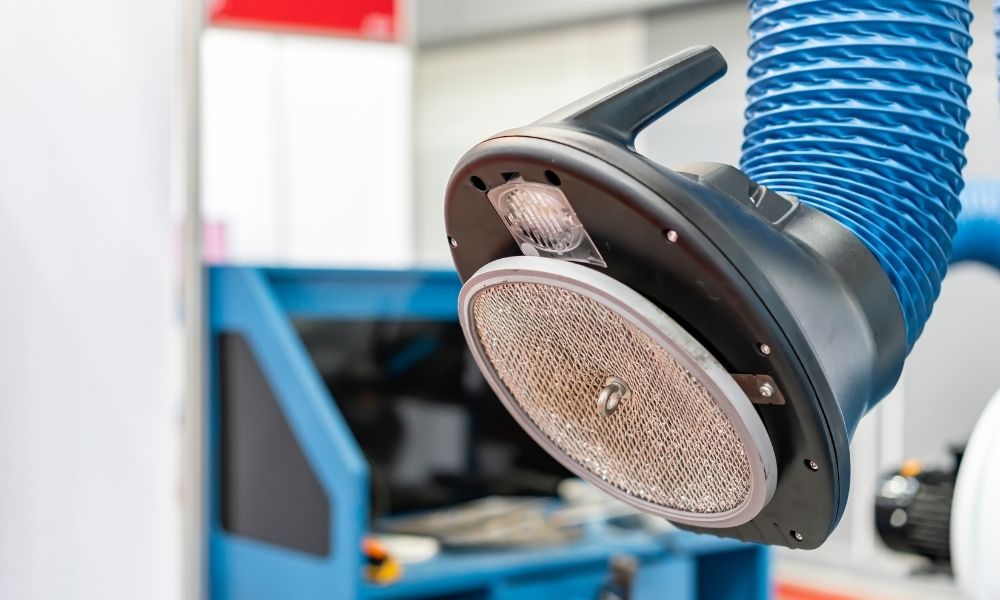Everything You Need To Know About Radon

Owning your own home comes with a lot of great benefits, but it also means you have a lot of extra responsibilities. One of these is to make sure that your home isn’t exposed to too much radon. Radon is a radioactive gas that can seep up from the ground and into your home. Small amounts of radon won’t hurt you, but exposure to too much over a long period of time can. Here, we’ll go through everything you need to know about radon so you can feel safer in your home.
Why does radon pose a problem?
The first question on your mind might be, “Why is radon such a big deal?” Radon is radioactive, which means it can have adverse effects on your body. Due to this, radon is the second leading cause of lung cancer in the country. The gas is also completely invisible, odorless, and tasteless. This means it could be in your home without you ever even knowing about it.
Where does radon come from?
Radon rises from pockets in the earth and into buildings that lie above it. When released into the open atmosphere, it’s completely harmless, but being trapped in your house makes it dangerous. Because radon is a gas, it can easily slip through even the smallest cracks and holes in your foundation, which is why radon levels are usually highest in the lowest parts of the home (basements and crawl spaces).
What are the testing options for radon?
There are a few ways you can test for radon in your home. Here are the most common ways that people can get their home tested for radon:
- Short-term, self-administered tests use an activated charcoal testing kit to give you a quick response as to how much radon is present in the area. You’ll need to mail this to a lab to get the results.
- Longer-term tests measure the radon in a space over the course of 90 days or more. These tests can be self-administered but or done by professional radon inspectors. These tend to be more accurate than the short-term tests.
- Continuous radon monitors can be plugged in and give you a running tally of your radon levels each day. These are most important for areas that are noted to get a lot of radon.
How do you reduce radon levels?
Of all the things you need to know about radon, you probably want to know what to do should you have too much in your house. You have a few options to make sure radon doesn’t keep finding its way inside.
- You can install radon mitigation systems to redirect radon out of your home
- Polyurethane caulking over cracks, crevices, and holes has been shown to help
- Cover crawl spaces with polyurethane wrapping
- Install an airtight seal over your sump pump





